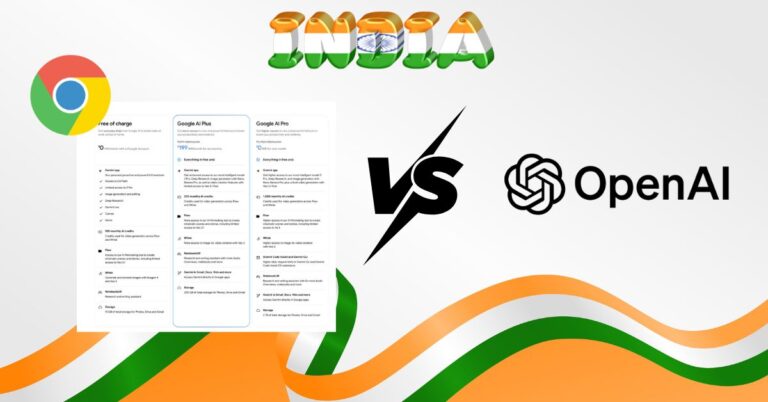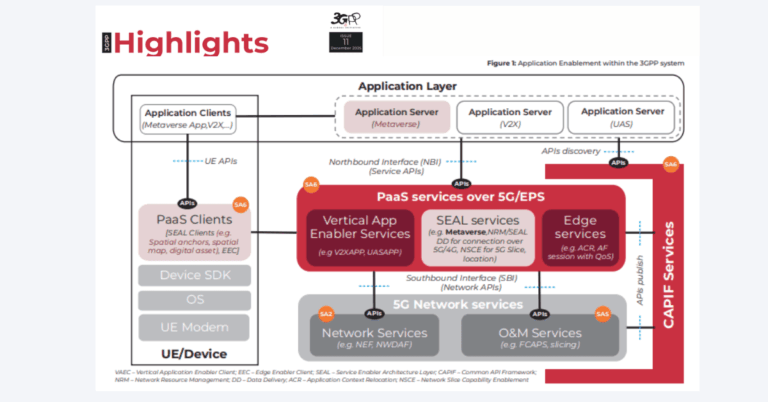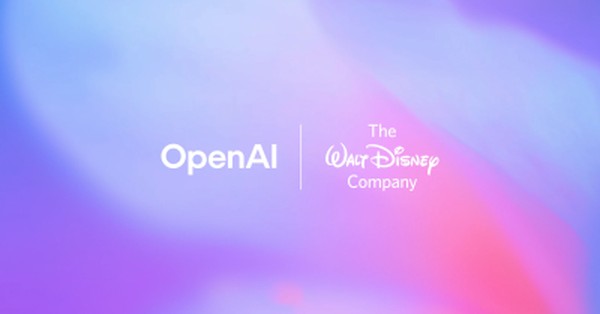APIs and Programmability: Revolutionizing Mobile Networks
The discussions at Mobile World Congress (MWC) Barcelona brought to the forefront the transformative potential of Application Programming Interfaces (APIs) in the telecom industry. Initially, Ericsson’s acquisition of Vonage for over $6 billion raised eyebrows, with many questioning the logic behind such a move. However, the conversations at MWC illuminated the strategic value of this acquisition, highlighting APIs’ role in enhancing network programmability and monetization opportunities. This paradigm shift towards more open and flexible network architectures is set to revolutionize mobile networks, enabling faster development and deployment of innovative applications. Nicholas Zibell’s appointment as CEO of Vonage, moving from his previous role at Ericsson, signifies a deliberate strategy to leverage APIs for creating more dynamic and programmable mobile networks. This approach aligns with the industry’s broader move towards software-defined networking, offering a pathway to accelerate innovation and drive new revenue streams for operators.
The AI Revolution Continues
Artificial Intelligence (AI) was a pervasive theme at MWC, underscored by significant announcements from tech giants. Intel introduced its AI PC Vision for the business sector, integrating AI into enterprise computing with new Dell and Lenovo PCs powered by Intel Core Ultra processors. Qualcomm launched its AI Hub, a platform designed to facilitate the rapid deployment of AI models on Qualcomm’s devices, demonstrating the company’s commitment to empowering developers with efficient AI tools. MediaTek’s generative AI demo showcased the instant adaptability of AI in visual applications, reflecting the advancements in AI responsiveness and creative potential. These developments illustrate the industry’s concerted effort to embed AI across a range of devices and platforms, heralding a new era where AI’s capabilities are seamlessly integrated into our digital experiences, enhancing both functionality and user engagement.
Embracing Low Earth Orbit Satellite Services
The advancements in Low Earth Orbit (LEO) satellite services highlighted at MWC underscore a growing trend in telecommunications to augment terrestrial services with satellite technology. AST Space Mobile’s collaboration with AT&T exemplifies this synergy, promising to extend connectivity to remote areas and contribute to bridging the digital divide. Similarly, Sateliot’s emphasis on narrowband IoT applications via satellite technology presents an opportunity to support global IoT deployments, pushing the boundaries of traditional connectivity solutions. These initiatives reflect a broader industry recognition of satellite technology’s role in creating a more inclusive digital world, offering solutions to connectivity challenges in underserved regions and driving forward the mission to achieve global connectivity.
Mobile Devices Galore: Innovations and Prototypes
MWC was a showcase for the latest in mobile device innovation, from flagship smartphones by Honor and Xiaomi to futuristic prototypes like Oppo’s rollable phone and Lenovo’s transparent screen laptop. The OnePlus dual-OS, dual-chipset smartwatch stood out for its promise of extended battery life and enhanced smartwatch functionality, addressing a common pain point among smartwatch users. These device announcements and prototypes not only demonstrate the industry’s relentless pursuit of innovation but also hint at the future directions of mobile technology. With each iteration, manufacturers push the envelope on design, usability, and technological integration, setting new benchmarks for what’s possible in mobile computing and wearable technology.
Nokia and Dell Technologies: A Renewed Enterprise Focus
Nokia’s strategic partnership with Dell Technologies marks a significant step towards strengthening its position in the enterprise and telecommunications markets. By aligning with Dell for private 5G networking solutions, Nokia leverages Dell’s robust computing platform and extensive enterprise channel, enhancing its offerings in the competitive 5G landscape. This collaboration signifies a mutual commitment to driving digital transformation, with both companies bringing their respective strengths to the table. For Nokia, this partnership offers a pathway to expand its enterprise reach, while for Dell, it represents an opportunity to deepen its involvement in the telecom sector. Together, Nokia and Dell are poised to deliver comprehensive 5G and computing solutions, underscoring the importance of ecosystem partnerships in achieving technological advancement and market penetration.
Mixed Reality and Spatial Computing: A Glimpse into the Future
The future of mixed reality and spatial computing was vividly on display at MWC, with innovations from Qualcomm, Oppo, and others offering a glimpse into immersive digital experiences. Qualcomm’s XR Hub and boundless AR 5G demo showcased the potential for enterprise applications, demonstrating how AR glasses, powered by 5G and AI, can render high-resolution digital models for practical use cases. Oppo’s airglass iteration highlighted advancements in wearable AR technology, promising more accessible and functional AR experiences. While the concept of AR contact lenses remains in its infancy, the interest in integrating AR capabilities directly into our visual field points to an ambitious vision for the future of spatial computing. These developments indicate a continued exploration and investment in AR and VR technologies, aiming to seamlessly blend digital content with the physical world, opening up endless possibilities for interaction and engagement.









































